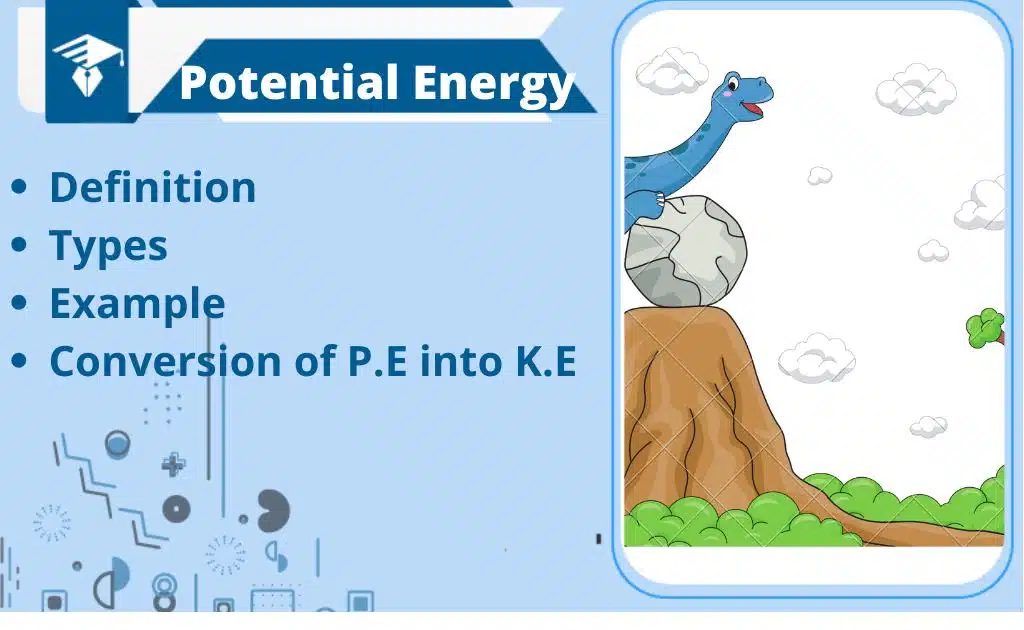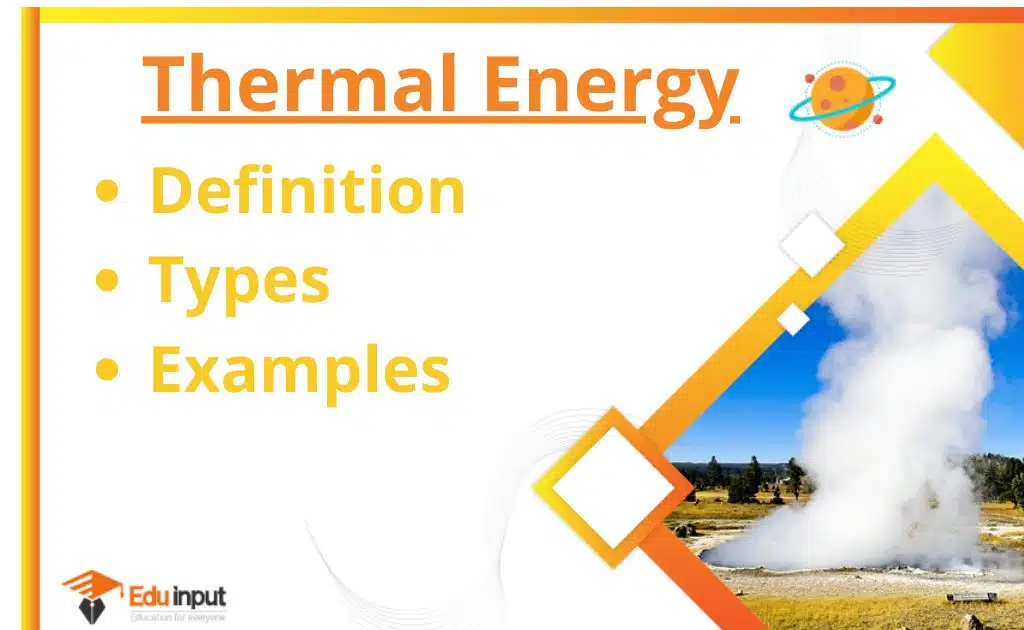What is Renewable Energy?-Definition, Sources, Benefits, And Uses
On a human timescale, renewable energy is collected from renewable resources that are naturally regenerated. Sunlight, wind, the movement of water, and geothermal heat are some of the sources.
What is renewable energy?
Natural processes replenish themselves constantly and are the source of renewable energy. In its various forms, it derives from either the sun or heat generated deep within the earth. The definition includes electricity and heat generated from solar, wind, ocean, hydropower, biomass, geothermal resources, biofuels, and hydrogen derived from renewable resources.
The use of non-renewable energy is increasing day by day, but the fact is that there are finite resources of fossil fuel on the earth. There are countries that have enough fossil fuel but they are producing and using too much of it, this is a great concern for the entire human race.
The world is facing the problem of global warming and environmental pollution. Fossil fuels are the major source of pollution, and the only way out of this is to utilize renewable energy sources.
This will not only improve our lifestyle, but it will also save the planet.
What are renewable energy sources?
Renewable energy sources are basically natural energy that is available from the sun, the wind, and water.
Solar power
Solar power is the most preferred form of renewable energy as it is free, does not require any fuel, does not harm the environment, and does not produce harmful gases. It is the most common form of energy for people living in hot and sunny regions. It is generated by using the sun’s rays.
Wind power
Wind power is also a type of renewable energy. It is generated by using the kinetic energy of air which is constantly moving around us. It is one of the cheapest forms of renewable energy.
Hydropower
Hydropower is a very effective form of renewable energy. Water falling from the sky is converted into electricity. It is the only method of generating renewable energy that does not depend on the wind or the sun. It is the most common source of renewable energy in developing countries.
Geothermal energy
Geothermal energy is the natural energy of the earth. It is a natural source of energy that is present beneath the surface of the earth. It is considered the best form of renewable energy.
Benefits of Renewable energy
Fossil fuels are being used a lot more quickly than renewable energy is being regenerated. In contrast to other energy sources, which are concentrated in a limited number of countries, renewable energy resources and significant opportunities for energy efficiency can be found over wide geographical areas.
Rapid deployment of renewable energy and energy efficiency, and technological diversification of energy sources, would result in significant energy security and economic benefits. It would reduce environmental pollution caused by the burning of fossil fuels and improve public health, reduce premature mortalities due to pollution and save associated health costs that could amount to trillions of dollars annually.
Uses of renewable energy
In four areas: electricity generation, hot water/space heating, transportation, and rural (off-grid) energy services, renewable energy often displaces conventional fuels.
Power generation
As of 2021, more than a quarter of electricity is generated from renewable sources.
Denmark’s goal is to be fossil-free by 2050. The UK, Germany, and France have goals for their share of renewable energy in the range of 80–95%. In a similar way, we use the term “microgrids” to describe local electricity grids that are operated as stand-alone systems. These microgrids can be either interconnected with neighboring grids or isolated from the main grid and can be based on solar, wind, or other renewable energy sources.
Heating and cooling
Solar water heating makes an important contribution to renewable heat in China, which now has 70% of the global total. A portion of the hot water needs of an estimated 50–60 million households in China can be met with most of these systems installed on multi-family apartment buildings.
A portion of the water heating needs of over 70 million households can be met with the total installed solar water heating systems. In Sweden, heat pumps provide both heating and cooling, and also flatten the electric demand curve, and are therefore an increasing priority.
Transportation
Less than 4% of transport energy is from renewable sources, despite the increased use of electric vehicles and the use of biojet.







Leave a Reply